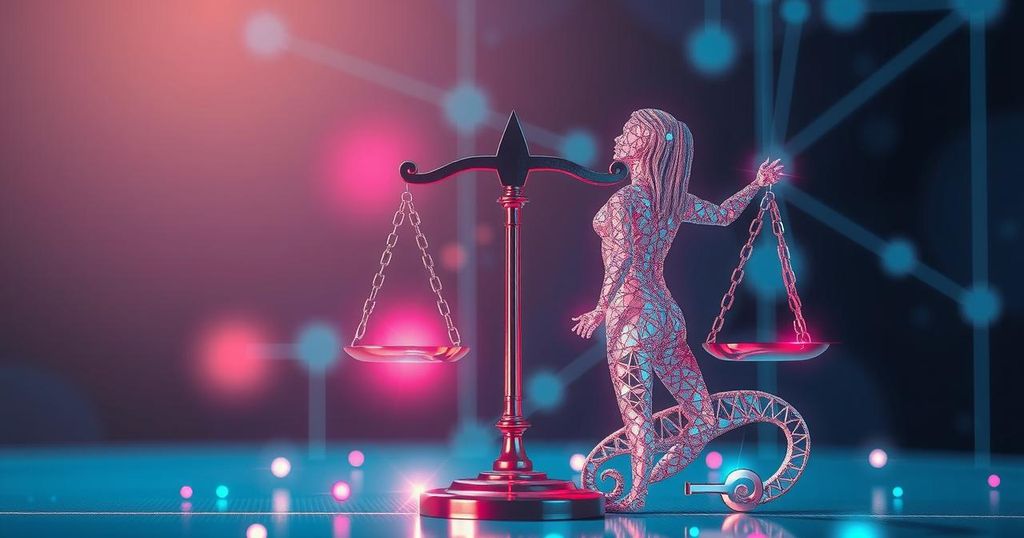Harnessing Artificial Intelligence for Gender Equality: Opportunities and Responsibilities
AI has the potential to enhance gender equality but also risks reinforcing disparities if unregulated. UN Women emphasizes creating gender-responsive AI systems. The private sector plays a crucial role in developing inclusive practices, promoting women’s leadership, and addressing biases. Prioritizing gender equality in technology is essential to prevent harm to women and girls.
Artificial intelligence (AI) holds transformative potential to enhance gender equality, particularly in social and economic realms. However, there are risks associated with AI that could exacerbate gender disparities if not addressed. UN Women’s publication underscores the urgency of creating gender-responsive AI systems that are inclusive, safe, and equitable. It emphasizes partnerships with the private sector to promote women’s leadership and entrepreneurship in the realm of AI, tackle biases, and ensure gender considerations are woven into AI policies.
The rapid rise of AI technology is reshaping the landscape of gender equality. While it can drive positive outcomes, the findings of a 2024 UN study warn of potential pitfalls that could lead to entrenched gender inequalities. The technology industry, notably the private sector, is crucial for fostering the development of fair and diverse AI systems. They hold the responsibility to erase biases, support diverse representation, and respect legal standards.
Despite recent strides that seek to diminish stereotypes within AI frameworks and bolster the presence of women in technical roles, the journey is far from over. Further efforts are vital to harness AI’s advantages for gender equality while avoiding its detrimental impacts on women and girls. Key actions include prioritizing gender equity in AI, combatting misinformation, and enforcing regulations against technology-driven gender-based violence.
In summary, while AI can advance gender equality, it poses risks that must be managed carefully. The collaborative efforts of governments and the private sector will be essential in achieving gender-responsive AI that uplifts society as a whole. Initiatives should focus on enhancing data collection, fostering women in leadership, and integrating gender into all AI discussions and practices.
The integration of artificial intelligence into our lives presents a double-edged sword for gender equality. On one side, it offers the potential to enhance social and economic opportunities through innovative technologies. On the flip side, there is a looming risk that without careful regulation, AI may reinforce existing inequalities or create new forms of discrimination. This highlights the crucial need for developing gender-responsive AI that can be harnessed for the benefit of all.
In conclusion, while artificial intelligence possesses the ability to catalyze gender equality, proactive measures are essential to mitigate associated risks. Collaboration between private industry and regulatory bodies will be key in forming AI models that empower women and girls while promoting equality across the board. The focus on inclusivity and diversity will ultimately determine the trajectory of AI’s impact on gender equity.
Original Source: reliefweb.int




Post Comment